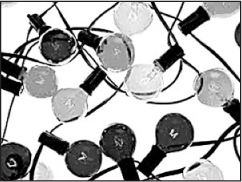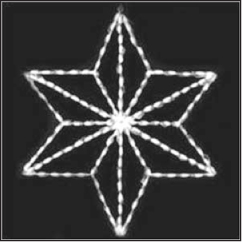Introduction:
What’s in a “Truth Detection” Book?
My cell phone rang one Monday afternoon. The caller introduced himself and asked if I had a moment to talk about one of my clients at the literary agency. I said, “Sure.”
“He’s a con man,” he said.
The caller was an investigative reporter. The client was someone on the verge of being offered a sizable advance by a major publishing house for his “true stories.” My cut would have paid the mortgage for quite a few months.
Do you want to know how stupid I felt? Even before I wrote this book, I supposedly knew all kind of tips and secrets about detecting deception.
After verifying what the reporter told me by doing a search on the man’s real name, which I had not known, I decided to give myself a break. My first instinct is to trust people. And there may be no greater reason why I’m a good person to write this book.
Because my trusting nature makes me an easy mark, I wanted to know all the secrets of people who can not only spot lies and liars, but also get them to tell the truth. My search for people of skill and reputation who could tell me all about getting the truth out of someone was intense. I wanted to know everything they knew, back it up with stories and research, and give it to you.
In short, this book is part of an evolution.
It follows several books covering lie detection to which I contributed, most notably How to Spot a Liar, co-authored with Gregory Hartley, a well-known human behavior expert. With its roots in those earlier works, this is a truth detection book.
The technical skills that allow you to become a human polygraph and detect lies involve reading body language, ascertaining the way people sort information, using directed questioning, and using psychological levers that interrogators call “approaches.” In detecting the truth, these skills are valuable—but you’re just getting started. Truth detection also uses a system of analysis to see correlations among facts, and it considers a person’s feelings, motivations, and experiences, all of which color the truth. The point is not just to identify lies and facts, but to also see links among them to get a more complete picture of a person, place, thing, or event.
For example, when I read Eric Maddox’s gripping narrative about the search for Saddam Hussein, Mission: Black List #1, I knew I had to talk to him about my book. Here was an interrogator who sought truth, not just facts. What I gleaned from him both in the book and in conversation was that he was never satisfied just to know someone was a driver or a cook. He wanted to know why they did those jobs, what they drove and what they cooked, and so on. He questioned sources and contemplated answers until he saw patterns emerge. People around Saddam were driven by loyalty, fear, and/or greed, and Maddox wouldn’t have known their relative importance if he hadn’t kept probing into the kind of details that other interrogators thought were irrelevant to finding the dictator.

To me, the difference between what some of his colleagues did and what he did might be expressed in terms of Christmas bulbs. Many interrogators collected a lot of facts that ended up looking like this (right):
There was no question about it: The facts were important. They were “bright lights.” However, the truth was the result of making sense of what they had in front of them (right):

The experts who generously contributed to this book want to help you learn how to get that complete picture. A great deal has to do with the quality of your connection to your source, so many of the insights in the book focus on how to build, and leverage, trust.
Another key skill is analysis. As Peter Earnest, former senior CIA Clandestine Service officer and author of the Foreword for this book, told me, “The ability to turn the words of whatever source into intelligence depends on the person doing the analysis.” In the context of your life, you are both the collector of information and the analyst.
Truth may be a hard concept to define, but we all have a sense of it. We probably have a much clearer sense of what deviation from the truth sounds and looks like. The rest of this book offers psychological insights about why the truth is hard to get and how you can get closer to it. It details psychological and emotional levers to get people to cooperate with you. And it relates true stories, examples, and exercises that guide you in applying the ideas discussed.
